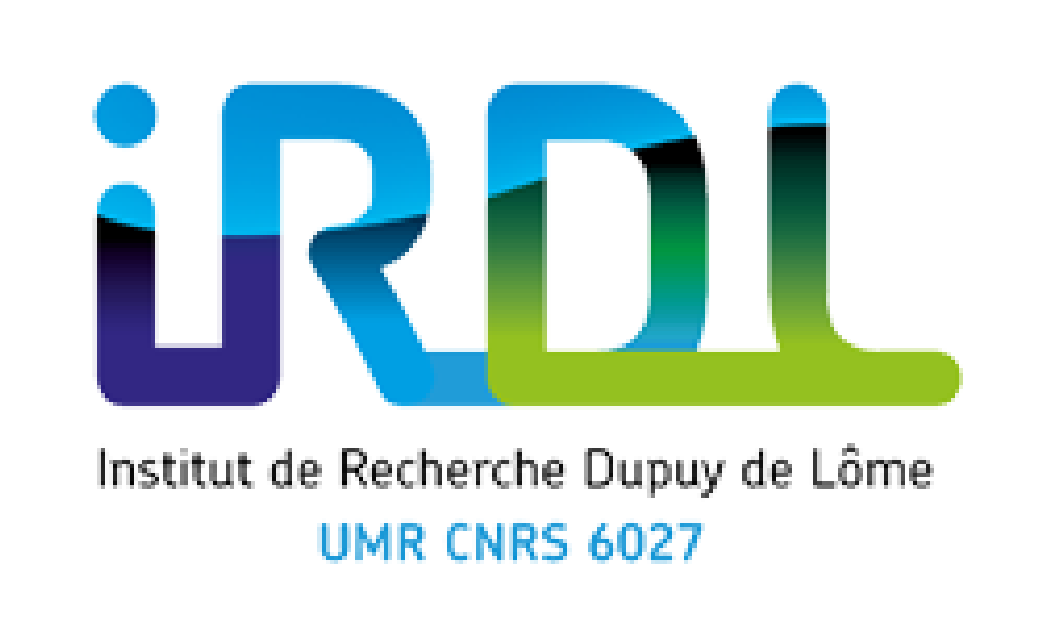Materials & Design
https://doi.org/10.1016/j.matdes.2020.108911
AntoineLe Duigoua DavidCorreab MasahitoUedac RyosukeMatsuzakid MickaelCastroa
- a Univ. Bretagne Sud, UMR CNRS 6027, IRDL, F-56100 Lorient, France
- b School of Architecture, University of Waterloo, Cambridge, Ontario, Canada
- c Nihon University, 1-8-14 Kanda-surugadai, Chiyoda, 101-8308 Tokyo, Japan
- dTokyo University of Science, 2641 Yamazaki, Noda, Chiba 278-8510, Japan
Abstract
To date, the literature has focused on synthetic fibre-reinforced composites, but it has not adequately addressed the unique properties that differentiate natural from synthetic fibres, such as their natural variation in microstructure and composition across species. This review paper proposes a critical overview of the current state of 3D printing of natural fibre-reinforced composites or biocomposites for mechanical purposes, as well as an overview of their role in 4D printing for stimuli-responsive applications. The paper is structured as follows: after the first part recalling the specificities of natural fibres and their associated composites, the two main sections are each divided into two parts presenting an analysis of the available data to provide fundamental understandings and a discussion and outlook for the future.
Natural discontinuous fibre-reinforced polymers exhibit moderate mechanical properties compared to composites manufactured by conventional processes due to specific factors of the 3D printing process, such as high porosity, low fibre content, and a very low fibre-aspect ratio (L/d). Hygromorph BioComposites (HBC) are categorized into a new class of smart materials that could be used for 4D printing of shape-changing mechanisms. Fibre content, fibre orientation control, and fibre continuity are outlined in relation to known challenges in actuation performance.


